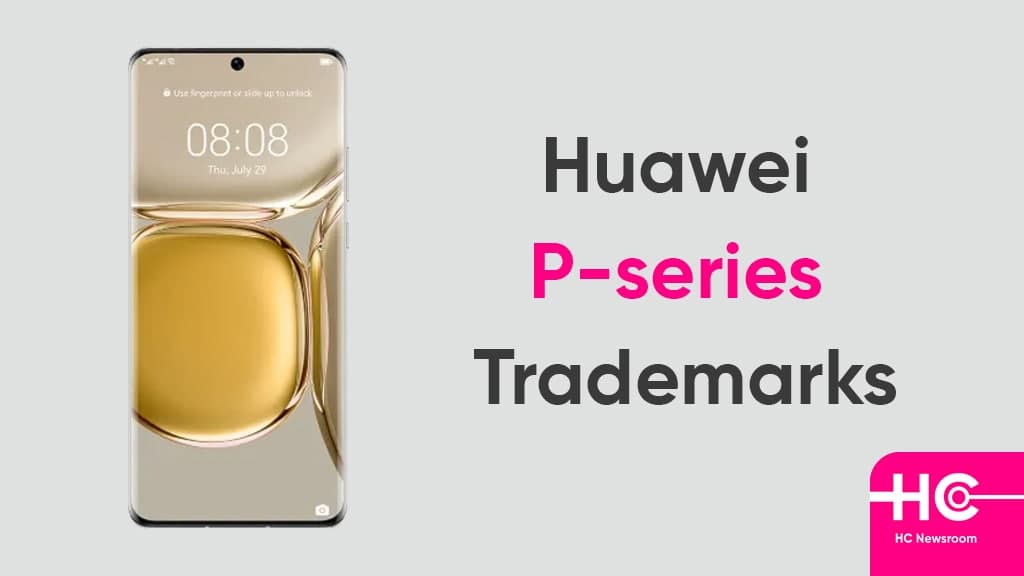Technology
Some Huawei P-series trademarks status changes to rejected

Huawei has a very popular P-series that includes the flagship smartphones. Back in March, Huawei applied for trademarks named P10, P20, P30…to P100 for future use. These trademarks fall under international classification involving scientific instruments and transportation vehicles.
According to the Chinese Intellectual Authority, the P-series trademarks include P50, P60, P70, P80, P90, and P100 are in process of being reviewed for a rejection or have been completed the review of rejection. On the other hand, P10, P20, P30, and P40 trademark current status is changed to invalid.
To be mentioned, earlier, Huawei has already applied for two applications for the P100 trademark, which were rejected. Still, Huawei did not stop applying for the P100 and P-series trademarks.
The trademark applications usually require multiple steps such as initial review and registration, which are a relatively long time. For a long time, trademarks have sat alongside well-known brands, malicious squatting, and hoarding.
The legal protection of the trademark adopts the “first-to-file principle”, that is, in principle, the exclusive right to use the trademark is granted to the registrant who makes the first application so that the legally registered trademark can achieve a higher degree of legal protection.

Why is Huawei applying for such P-series trademarks?
It is believed that Huawei applied for multiple P-series trademarks in one go because the company was protecting the P-series high-end smartphones trademarks to prevent others from squatting.
Huawei Petal Search trademark got rejected:
Recently, Huawei’s other trademarks for Petal Search were also rejected by the China trademark office because contain the word “Petal”, which was also included in the cited trademarks. So, their use in the same services can easily cause confusion among the consumers.
Meanwhile, Huawei also failed to submit evidence that proves or differentiates these new trademarks from citied trademarks, and Petal Search trademarks again got rejected.
(Source: ithome)






